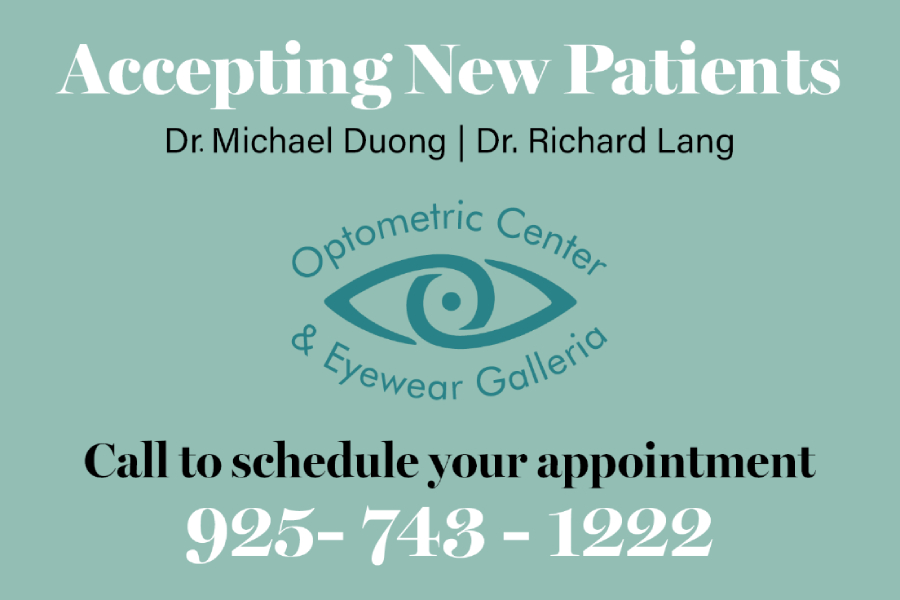Myopia or nearsightedness is increasing in the general population. Myopia is a condition where near objects are clear and far objects are not.
- Nearsightedness is increasing among 12-54 year olds have increased from 25% to 41% from 1970-2000.
- It is estimated that myopia affects 1.45 billion people in the world, by 2020 the number is expected to grow to 2.5 Billion people.
Why is this happening?
Like most things in life, myopia is a combination of both nature vs nurture. If both parents are nearsighted, the child has a 70% chance of being nearsighted. The demanding scholastic environment and time spent on digital devices is implicated in the formation of myopia. Children often hold these devices too close to their eyes and for hours at a time which can increase the risk of myopia.
What can be done?
Get your child outside
Studies show that time spent in the great outdoors can keep your child from developing progressive myopia.
Dilation drop
A very dilute dilating drop called Atropine can be used to treat progression of myopia. The good news is the drop does not seem to cause any light sensitivity or near vision difficulty.
Multifocal Contact Lenses
Using multifocal soft contact lenses can moderately slow down myopia. The contact lenses are worn daily and designed to focus light on the back of the eye (retina) more accurately than traditional soft contact lenses. This helps to reduce the progression of myopia.
Orthokeratology (Ortho-K)
- No Daytime Contacts
- No Surgery
- No Glasses
The process of gently reshaping the front of the eye (cornea) while you sleep. When the contacts are removed, wearers can see all day without having to wear glasses or daytime contact lenses. Studies show that corneal reshaping (Ortho-K) can reduce the progression of myopia by as much as 40-50%.
Parents are often surprised when I explain there are treatment options available to help prevent their children’s eyes from getting worse. In the past, the only option was to prescribe traditional glasses and contact lenses resulting in increasing myopia year after year. Using the latest technology and research we now can employ various modalities to help our children’s eyes from getting worse. Doing so helps me sleep better at night.



